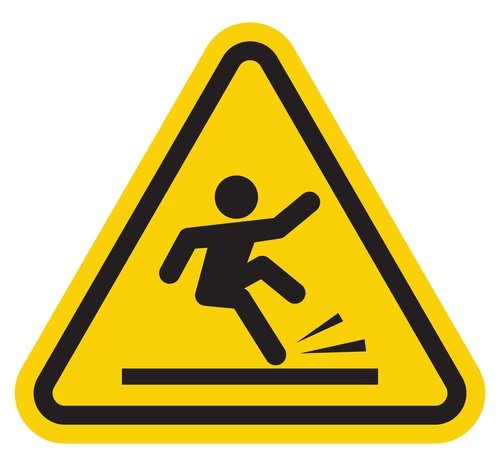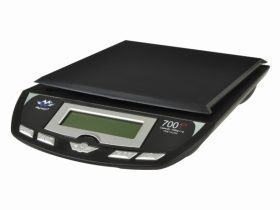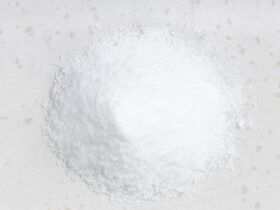Safety Meeting tips – Preventing Slips, Trips, and Falls
- January 24 2022 Safety Meeting
Preventing Slips, Trips and Falls
We’ve all been amused by a physical comedy where a movie character, falls, slips, or trips, and know how funny it can be in the world of entertainment. But, in real life, falling and tripping are not so amusing. Did you know that many reports say that slips, trips, and falls are a leading cause of workplace accidents and injuries that range from minor bruises to even severe traumas like head injuries, sprains, broken bones, and lacerations.
Slips, trips, and falls are the most common causes of workers’ compensation claims and cost on average $47,681 per worker. Some experts estimate that the number of disabling injuries resulting from falls is 30,000 per year, and the number of deaths is close to 12,000 a year. About one in 10 of these deaths will happen in the workplace. Slips, trips, and falls are a serious concern to business owners. Especially businesses that operate warehouses, and are involved in manufacturing. Safety and prevention of slips, trips, and falls is a team effort. It is everyone’s job to prevent slips, trips, and falls in warehouses & manufacturing plants, all work places, and even at home.
There are many ways that we can slip and fall at work, especially in warehouses and in manufacturing plants, and preventing them should always be at the top of the list in any safety program. Manufacturing and warehouses are full of trip and slip hazards, from water from a roof leak, or even or oil on the floor from a machine, to any number of objects that might have been left in your walkway. You could also simply fall from an elevated position above the ground. Most injuries resulting from falls aren’t caused by falls from overhead, as you might think. They are from falls at ground or floor level where we walk and work.
Pay attention to your movements and surroundings:
- Pay attention to where you’re going, what you’re doing, and what lies ahead.
- Take responsibility for fixing, removing, or avoiding hazards in your path. Make sure to report those hazards you can not take care of yourself
- Wear work appropriate shoes with non-skid soles and flat heels.
- Avoid baggy or loose pants or any clothing you could trip over.
- Walk, don’t run.
- Wipe your feet when you come in from rain or snow.
- Report or replace any burned out lights or inadequate lighting.
- Always keep walk ways and areas around work spaces clear and clean.
- Watch for floors that are uneven, have holes, etc.
- Keep your hands at your sides instead of in your pockets for balance.
- Don’t carry loads that impede your vision.
- Walk slowly on slippery surfaces if you must. —Slide feet and avoid sharp turns.
- Never lean back in your seat.
- Be constantly alert for—and remove or go around—obstructions in your path.
- Expect the unexpected.
Maintain work areas to prevent slips, trips, and falls:
This is probably the most important thing you can do to prevent this type of accident. Keeping your workplace tidy is key to preventing slips, trips, and falls.
- Walk, never run, in warehouses or in manufacturing areas.
- Immediately clean up any leaks or spills on floors, stairs, entranceways, and loading docks.
- Keep walkways, aisles, and stairs free of tools, materials, trash, and any other hazards.
- Repair or report floor problems such as broken or uneven concrete, missing tiles, etc.
- Add correct signage, and block off floor areas that are being cleaned or repaired.
- Keep cords, power cables, and air hoses out of walkways.
- Always place trash in proper containers.
- Report missing or broken stair rails and slippery or damaged treads.
- Never run, on stairs and always hold onto stair rails while going up and down.
- D not jump on or off of platforms, pallets or anything.
- When working on a loading dock make sure you are aware of edges and stay away.
Ways to Prevent slips, trips and falls:
- Report any lighting problems inside and outside. Falls can happen just as easily in the parking lot as on the shop floor. We can prevent at least some of them by making sure we have adequate lighting.
- Report any hazardous floor conditions. If there are loose tines, torn carpets, broken or loose floorboards, or bumps or cracks in the concrete surfaces, let the appropriate person know.
- If you are involved in any clean-up operations, place the correct signage to alert employees.
- If you notice a spill or greasy surface, clean it up or report it to someone who can immediately.
- Never run cords, cables or hoses across high-traffic areas. If it can’t be avoided, make sure the area is marked off.
- Report any special hazards that may be lurking in stairwells or in other areas of the facility like a loading dock. These include loose or missing ladder rungs or dangerous items.
Safety and preventing slips, trips, and falls must be a team effort! Always think about everyone’s safety and understand that by avoiding to address safety problems creates unsafe working conditions for everyone. Walking by an unsafe situation, whether it is a spill or something left in a walkway or even an open drawer might not harm you immediately, but what about the next person who walks by? You must always correct and/or report safety problems. By doing so you keep not only yourself safe, but your team members as well.
Falling is not enjoyable at all…It is painful, and can be costly to everyone health wise, and for the pocket book! Stay Safe!
If you enjoyed this article check out more in our Health and Wellness section!












